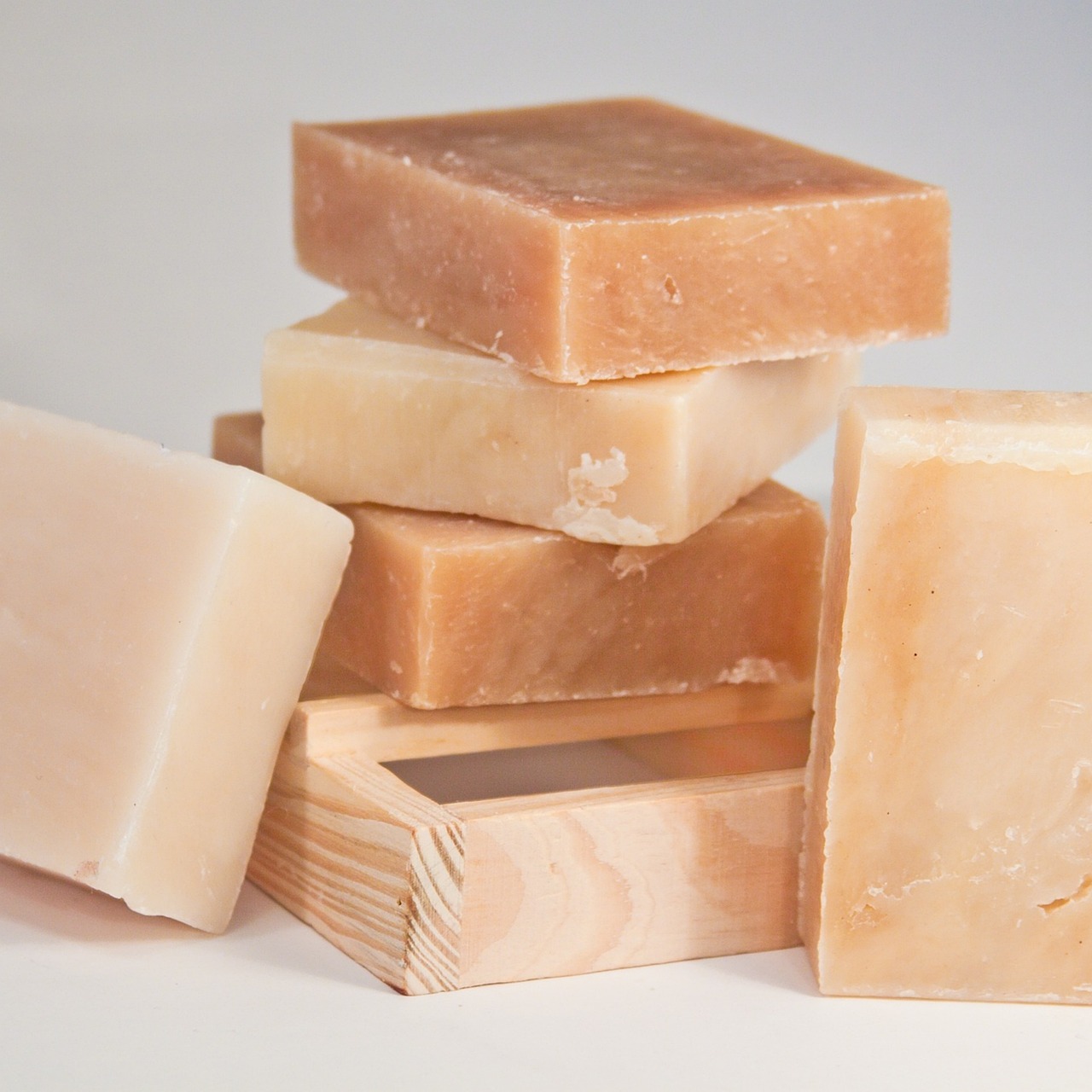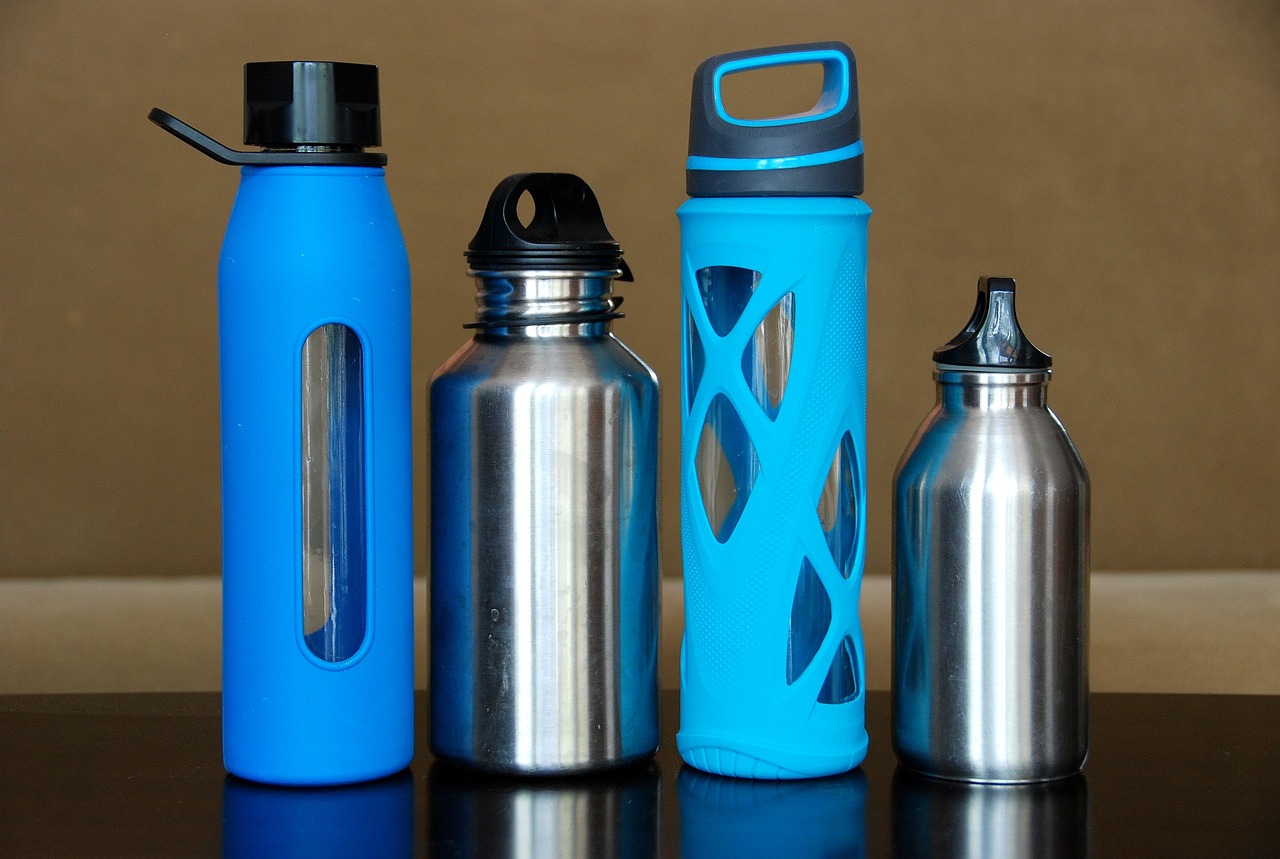Learning how to live a zero waste life is about adopting sustainable habits and making conscious choices that contribute to a healthier planet. These practical tips will reduce your carbon footprint and embrace a zero-waste lifestyle, from choosing reusable containers at the grocery store to minimizing single-use plastics in daily routines.
Hey, don’t think you have to incorporate several of these tips immediately. These tips can be incorporated into your lifestyle over weeks, months, or even years, so you can slowly begin adopting more sustainable habits over time.

Key Takeaways:
- Implement reusable items like bags and bottles to kickstart your zero-waste life.
- Choose quality over quantity to reduce waste and support sustainability.
- Embrace composting and eco-friendly products for a greener household.
- Choose local markets and public transportation to lessen carbon emissions.
- Adopt DIY solutions in personal care to minimize reliance on single-use plastics.
- These easy tips offer a snapshot of the essential strategies for anyone wondering how to live a zero waste life.
Table of Contents
Table of Contents
50 Easy Tips on How to Live a Zero Waste Life
Sustainable Shopping and Consumer Choices
Embracing how to live a zero-waste life starts with sustainable shopping and consumer choices. Opting for reusable bags, shunning plastic containers, and choosing bulk stores over conventional retail reduces the amount of waste significantly. Understanding how to live a zero waste life begins in the marketplace, where every purchase decision can contribute to a sustainable future. This category focuses on easy ways to make impactful lifestyle changes, like using glass jars and stainless steel products, which are key steps in the zero-waste movement. It’s about making conscious decisions in what we buy and how we buy it, ensuring less waste and a healthier planet.

- Buy Only What You Need Avoid impulse buying; focus on essentials to reduce waste and clutter. This is a great start towards a more sustainable lifestyle.
- Quality Over Quantity Investing in durable products reduces the need for frequent replacements, cutting down on waste. High-quality items often have a smaller carbon footprint.
- Minimalist Lifestyle Embracing minimalism helps in focusing on what’s essential, reducing household waste significantly. It’s an easy way to live sustainably and reduce clutter.
- Second-Hand Shopping Shopping at thrift stores not only saves money but also reduces demand for new clothes. It’s an effective way to lessen your environmental impact.
- Repair and Repurpose Fixing and repurposing items extends their life and prevents waste. It’s a valuable habit for sustainable living and reducing waste generation.
Personal Care and Hygiene
In a zero-waste lifestyle, personal care and hygiene involve avoiding disposable products and plastic water bottles, and turning to sustainable alternatives. Using items like bamboo toothbrushes, bar soaps, and homemade laundry detergent not only reduces waste but also cuts down on exposure to harmful chemicals. In mastering how to live a zero waste life, personal care and hygiene play a crucial role through the avoidance of disposable products. This category highlights the easiest ways to incorporate organic materials into our daily routines, making a positive impact on both our health and the environment.

- DIY Personal Care Products Making your own care products reduces reliance on plastic packaging and harmful chemicals. It’s a fun, creative way to contribute to zero waste living.
- Bar Soaps and Shampoos Bar soaps and shampoos reduce the need for plastic bottles and are often more natural. They are a simple switch with significant waste reduction benefits.
- Safety Razors Reusable safety razors offer a sustainable alternative to disposable plastic razors. They reduce plastic waste and can be more cost-effective in the long run.
- Menstrual Cups or Reusable Pads These sustainable products are eco-friendly alternatives to disposable menstrual products. They help in significantly reducing personal care waste.
Home and Kitchen
The home and kitchen are pivotal areas where tips on how to live a zero waste life can be effectively implemented. This involves using reusable produce bags, storing leftovers in mason jars, and avoiding single-use plastic wrap. If you’re a meat eater, consider how to freeze meat without plastic. By composting organic material and choosing eco-friendly cleaning products, we can drastically reduce household waste. This category encourages small changes in the kitchen, which is often the first place we can make a significant difference in reducing waste.

- Reusable Water Bottles Using a reusable water bottle cuts down on plastic waste and is cost-effective. It’s a small change with a huge impact on reducing plastic bottles.
- Reusable Coffee Cups Bringing your own cup to coffee shops reduces single-use plastics and can save money. It’s an easy step towards a zero-waste lifestyle.
- Reusable Shopping Bags Cloth bags or totes for grocery shopping can significantly reduce plastic bag usage. This small step is crucial in combating plastic waste.
- Bulk Food Purchases Buying in bulk using your own containers reduces packaging waste and often saves money. It’s a great way to minimize plastic packaging and support zero waste.
- Composting Composting food scraps turns organic waste into valuable soil, reducing landfill waste. It’s an excellent method to manage food waste and enrich your garden.
- Eco-Friendly Cleaning Products Natural cleaning solutions like vinegar and baking soda are effective and reduce chemical use. This approach is better for the environment and your health.
- Cloth Napkins and Towels Replacing paper products with cloth versions reduces waste and is more economical. It’s a small change in your daily routine with a positive environmental impact.
- Digital Subscriptions Opting for digital books and magazines reduces paper usage and saves trees. It’s an easy way to access information while reducing your carbon footprint.
- Home Cooking Cooking at home reduces packaging waste from takeout and can be healthier. It’s a great way to control waste and enjoy fresh food.
- Reusable Sandwich Bags Switch to cloth or silicone sandwich bags to reduce single-use plastic waste. These are perfect for lunches and storing snacks.
- Beeswax Wraps Use beeswax wraps as an alternative to plastic cling film for food storage. They’re reusable and keep food fresh naturally.
- Biodegradable Waste Bags Opt for compostable bags for your bins, reducing plastic use. These bags are a sustainable choice for disposing of organic waste.
- Cloth Produce Bags Bring your own cloth bags for produce to avoid plastic bags at the store. They’re reusable and a key step in zero-waste grocery shopping.
- Eco-Friendly Detergents Choose plant-based laundry detergents to reduce chemical runoff. These detergents are better for the environment and gentle on clothes.
- Cold Water Laundry Washing clothes in cold water saves energy and preserves fabric. It’s an effective way to reduce energy consumption in your household.
- Line Dry Clothes Air drying clothes saves energy and reduces wear and tear. This practice extends the life of your clothes and cuts down on energy use.
- Reusable Straws and Cutlery Carry your own reusable straws and cutlery to avoid single-use plastics. It’s a simple habit that significantly reduces plastic waste.
- Refillable Pens Using refillable pens instead of disposable ones reduces plastic waste. It’s a small but effective step towards a zero-waste office.
- Battery Recharging Rechargeable batteries reduce waste and are more cost-effective in the long run. They’re an eco-friendly alternative to disposable batteries.
- Eco-Friendly Bedding Choose bedding made from organic or sustainable materials. This choice ensures a lower environmental impact and a healthier sleep environment.
- Low-Flow Showerheads Installing low-flow showerheads reduces water usage and saves energy. It’s an effective way to conserve water in your daily routine.
- Natural Air Fresheners Use plants or essential oils as natural air fresheners. They improve air quality without the waste of disposable air fresheners.
- Upcycled Furniture Repurposing old furniture reduces waste and adds character to your home. It’s a creative and sustainable approach to home decor.
- Zero-Waste Toothbrushes Bamboo or other sustainable material toothbrushes are eco-friendly. They help reduce plastic waste in your daily dental care routine.
- Solar Chargers Using solar-powered chargers for devices saves energy. It’s a clean and renewable way to power your electronics.
- Eco-Friendly Cookware Opt for durable, non-toxic cookware to reduce health risks and waste. Sustainable cookware is a healthier choice for both you and the environment.
- Water-Saving Practices Implement water-saving measures like collecting rainwater for gardening. These practices help conserve water and reduce your utility bills.
- Local and Seasonal Food Buying local and seasonal produce supports the local economy and reduces transportation emissions. It’s a fresh and eco-friendly way to shop.
- Meal Planning Planning meals helps reduce food waste and saves money. It’s an efficient way to manage food resources and minimize waste.
- Zero-Waste Lunches Packing lunches in reusable containers reduces waste and is often healthier. It’s a practical way to control waste and enjoy homemade food.
- Reusable Paper Towels Using cloth towels instead of paper reduces waste and saves trees. They’re a sustainable alternative for cleaning and wiping up spills.
- Reusable Items Prioritize items that can be reused over disposable ones in all areas. This habit significantly cuts down on waste and promotes sustainability.
- Single-Use Item Reduction Actively reduce the use of single-use items in your daily routine. This approach is key to minimizing waste and supporting zero-waste living.
- Zero Waste Products Choose products specifically designed for zero waste living. These products are created with sustainability in mind and help reduce waste.
Energy and Resource Conservation
Conserving energy and resources is a fundamental aspect of a zero-waste lifestyle. Simple actions like using less water, turning off lights when not needed, and opting for energy-efficient appliances can have a huge impact. A crucial aspect of how to live a zero waste life is the conservation of energy and natural resources in our daily activities. This category emphasizes the importance of small, easy ways to conserve resources in our daily lives, contributing to the broader goal of sustainability and waste reduction.

- Energy Conservation Turning off lights and unplugging devices saves energy and reduces your bills. Small steps like these can have a big impact on your carbon emissions.
- Natural Light Utilizing daylight reduces electricity usage and provides health benefits. It’s an easy way to save energy and enjoy a more sustainable home.
Transportation and Travel

Adopting zero-waste practices in transportation and travel means choosing public transport, supporting local tourism, and reducing reliance on bottled water and disposable products while on the go. Adapting your transportation and travel habits is a significant step in learning how to live a zero waste life, reducing both waste and carbon footprint. If you travel often for business, check out my guide on sustainable business travel. This category explores how choosing more sustainable travel options and making small changes in our travel habits can significantly reduce our carbon footprint and support the zero-waste movement.
- Public Transportation Using public transport reduces carbon emissions and traffic congestion. It’s a small step towards reducing your carbon footprint and supporting local economy.
- Staycations Enjoying local attractions reduces travel emissions and supports the local economy. It’s a great way to relax and reduce your carbon footprint.
Social and Community Engagement

Living a zero-waste life extends beyond individual actions to include community engagement and social responsibility. When it comes to gifts, I put together a list of 101 zero waste gift ideas. Participating in community gardens, sharing best tips and practices at farmers’ markets, and encouraging others to bring their own bags and containers are all ways to spread awareness. If you’re into gardening, learn how to start a sustainable homesteading garden. Engaging with your community is a powerful way to expand the impact of your efforts on how to live a zero waste life. This category highlights the importance of collective efforts in making a positive impact and how small, community-driven actions can lead to substantial changes in reducing waste.
- Handmade Gifts Creating gifts from upcycled materials adds a personal touch and reduces waste. It’s a thoughtful and sustainable way to show you care.
- Digital Gift Cards Electronic gift cards reduce paper waste and offer a convenient gifting option. They are an easy, eco-friendly alternative to traditional gifts.
- Zero-Waste Parties Using reusable dishes and decorations for parties reduces disposable waste. It’s a fun way to celebrate sustainably and inspire others.
Final Thoughts
These tips on how to live a zero waste life is a journey towards sustainability, with each step making a difference in our environmental impact. Learning how to live a zero-waste life is a journey of small but significant steps towards sustainability. By integrating practices like composting organic matter, using beeswax wraps, and supporting the local economy, we can make a substantial impact in combating climate change and reducing our environmental footprint.
Remember, this is a journey and not an overnight change. Over the coming weeks, consider a couple tips you can easily incorporate into your lifestyle, so you can start living a zero waste life.
Frequently Asked Questions
What are the first steps to take when learning how to live a zero waste life?
Begin with reusable shopping bags, water bottles, and avoiding plastic packaging, setting the foundation for a zero-waste lifestyle.
What are the benefits of a zero-waste life in terms of climate change?
Living a zero-waste life reduces landfill waste, lowers carbon emissions, and helps mitigate the impacts of climate change.
Can zero-waste practices save money?
Yes, practices like buying in bulk, using reusable items, and DIY solutions can be cost-effective in the long run.
How does composting fit into a zero-waste lifestyle?
Composting turns food scraps into organic matter, reducing food waste and enriching soil without contributing to landfill.
What are some zero-waste alternatives for personal care?
Options like bar soaps, bamboo toothbrushes, and homemade beauty products reduce plastic waste and are key to a zero-waste life.

I’m Chris, a passionate advocate for sustainability, sharing my journey and tips from our vibrant family farm. With a background rooted in zero-waste living and a heart committed to eco-friendly practices, I aim to empower others through my blog. Each post is a blend of personal experiences or a question I have once pondered, and practical advice for those looking to make sustainable choices in their daily lives. Join me in making every step a greener one, as we explore the joys and challenges of living sustainably together.
